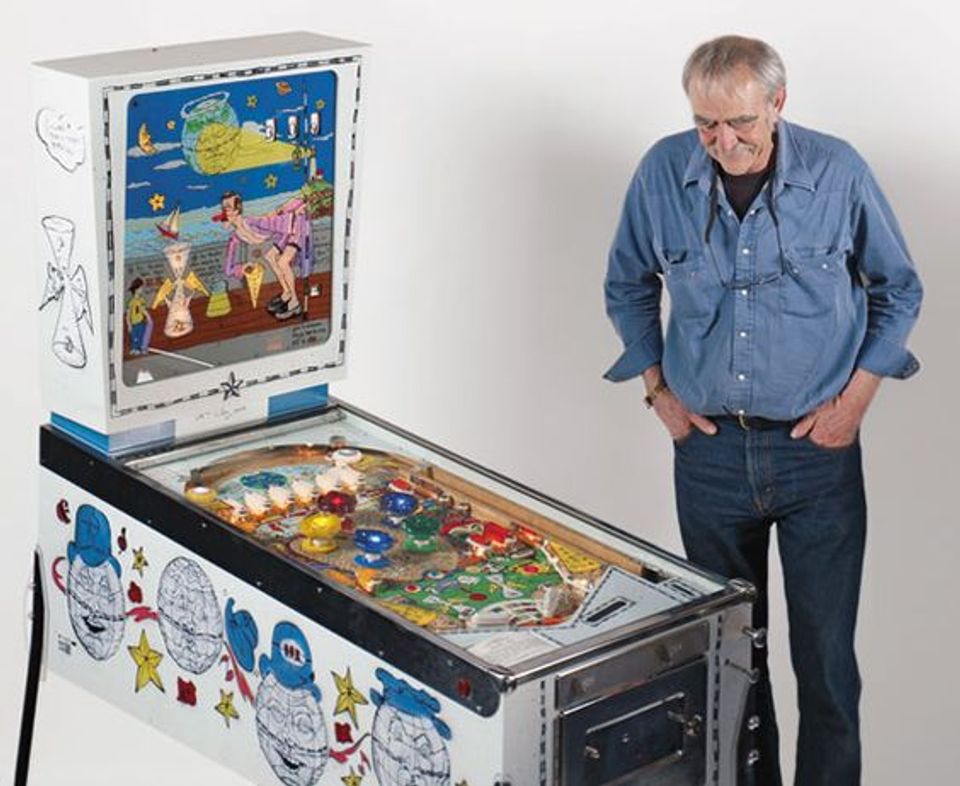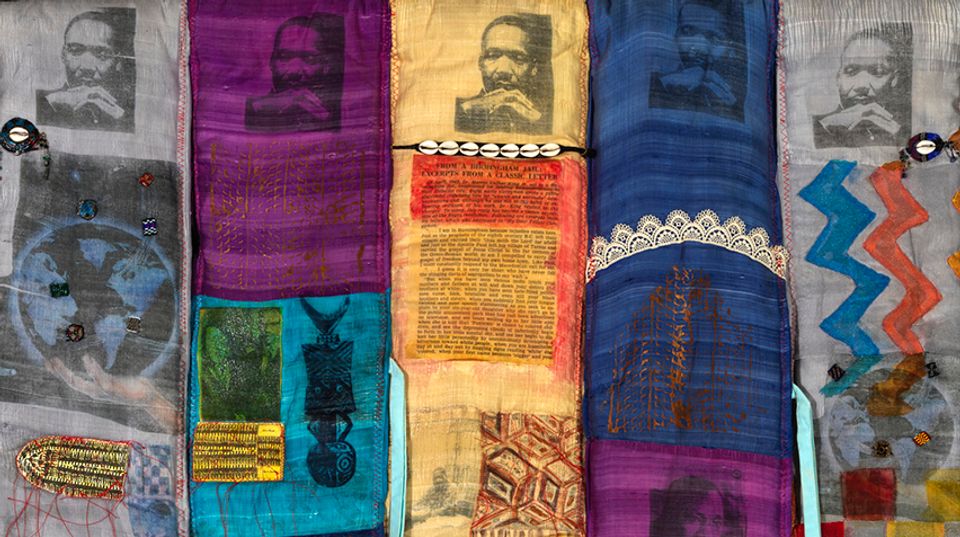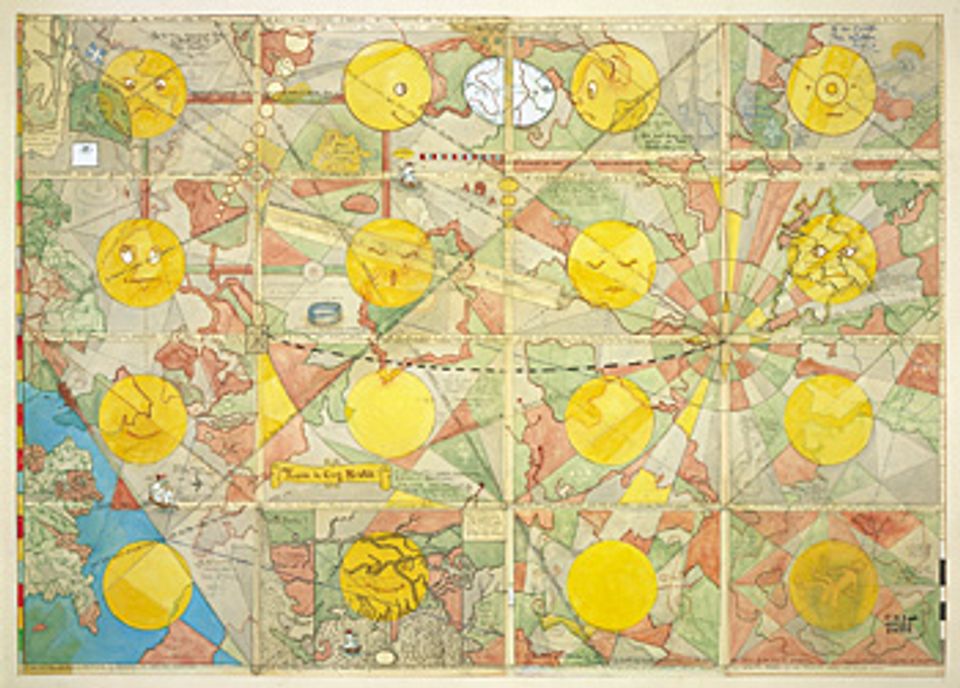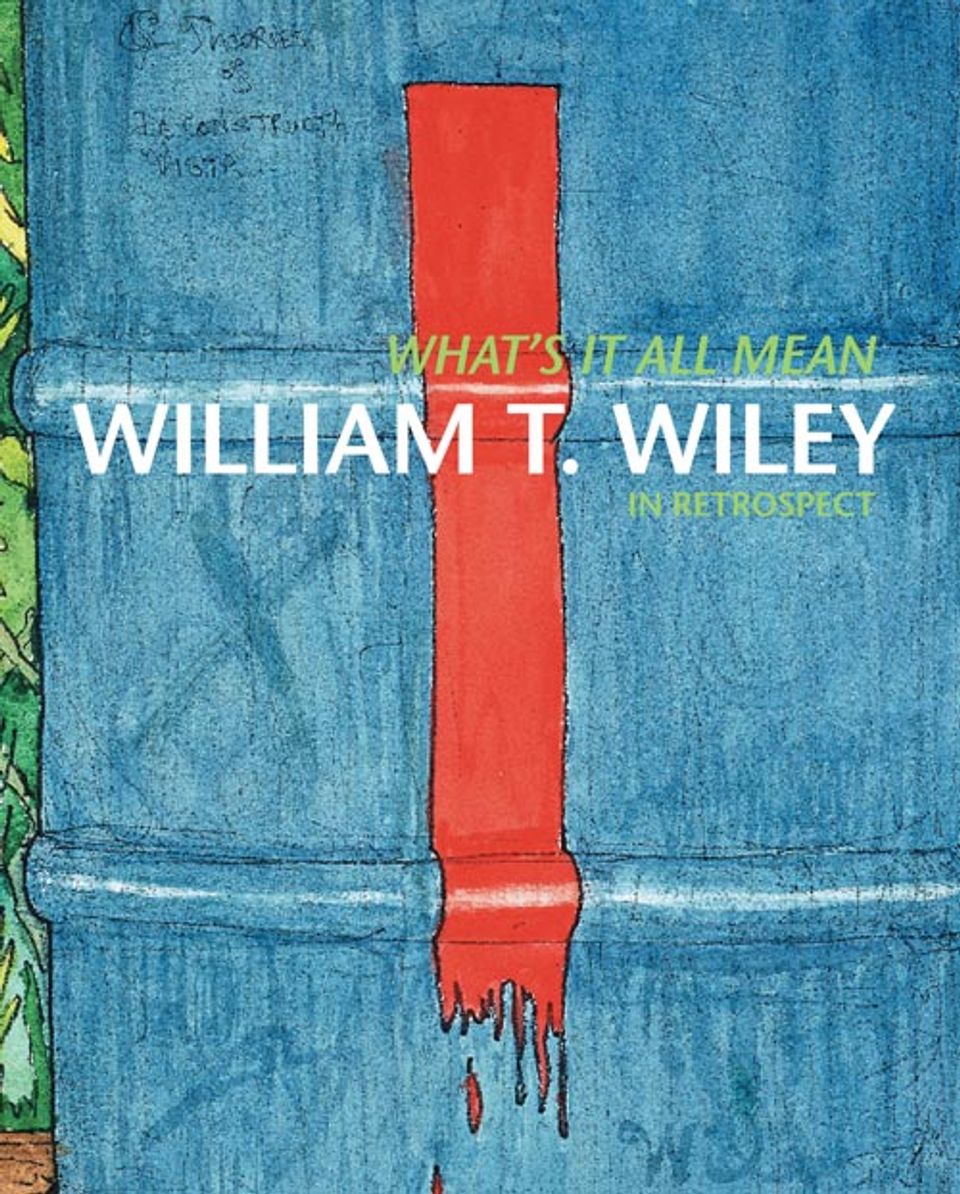Artist
William T. Wiley
born Bedford, IN 1937-died Greenbrae, CA 2021
- Also known as
- William Thomas Wiley
- William Wiley
- Born
- Bedford, Indiana, United States
- Died
- Greenbrae, California, United States
- Active in
- Woodacre, California, United States
Exhibitions
October 1, 2009–January 24, 2010
Enter the world of artist William T. Wiley, who has created a distinctive body of work during a 50-year career that addresses critical issues of our time.
Related Books
Related Posts

Talks and Lectures on American Art10/13/2009
“So we’ll see what happens when it gets dark,” William T. Wiley said after introductory remarks at the McEvoy Auditorium the other night to inaugurate the 2009 Clarice Smith Distinguished Lectures in American Art at the museum, and the lights were dimmed.

Howard Kaplan
Writer

Education01/14/2022
While Dr. Martin Luther King Jr.’s “I Have a Dream” speech was a pivotal moment in U.S. history, there’s more to his life and legacy than that single story. Smithsonian educators share approaches to expand classroom lessons and student understanding of this great civil rights leader.
















